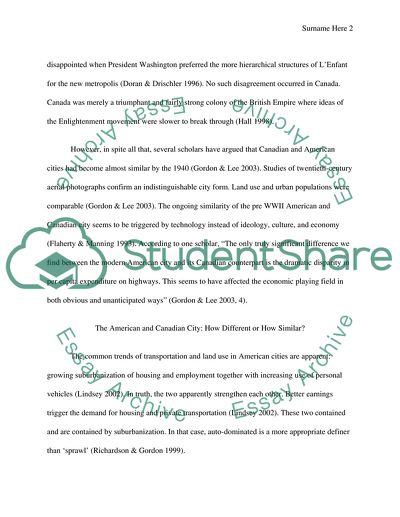Cite this document
(“The Divergence and Convergence between Canadian and American Cities Research Paper”, n.d.)
The Divergence and Convergence between Canadian and American Cities Research Paper. Retrieved from https://studentshare.org/social-science/1742225-how-different-are-canadian-and-american-cities
The Divergence and Convergence between Canadian and American Cities Research Paper. Retrieved from https://studentshare.org/social-science/1742225-how-different-are-canadian-and-american-cities
(The Divergence and Convergence Between Canadian and American Cities Research Paper)
The Divergence and Convergence Between Canadian and American Cities Research Paper. https://studentshare.org/social-science/1742225-how-different-are-canadian-and-american-cities.
The Divergence and Convergence Between Canadian and American Cities Research Paper. https://studentshare.org/social-science/1742225-how-different-are-canadian-and-american-cities.
“The Divergence and Convergence Between Canadian and American Cities Research Paper”, n.d. https://studentshare.org/social-science/1742225-how-different-are-canadian-and-american-cities.


